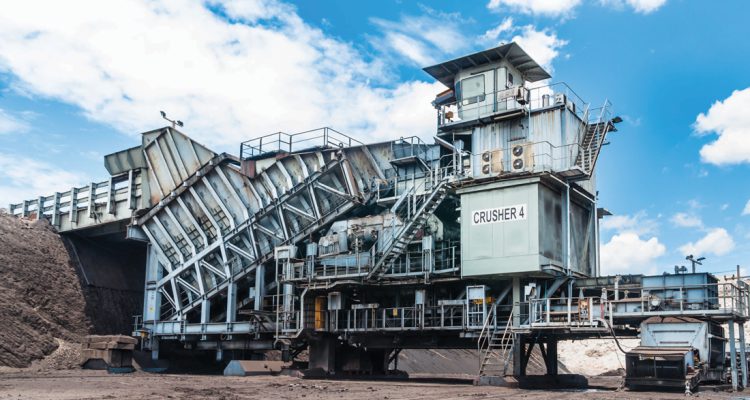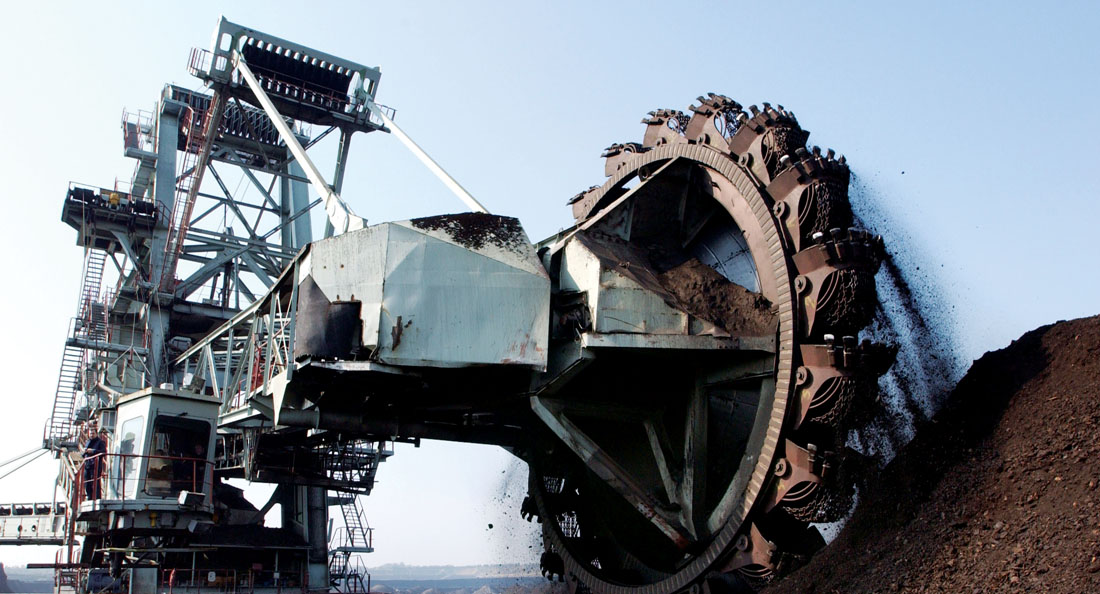As the saying goes, every cloud has a silver lining. And while the covid cloud has brought many challenges to the mines and quarries industries, it has also been a catalyst for sites to adopt or update technologies to implement remote workarounds. This has been the case with the condition monitoring of machinery, where expert Anthony O’Keefe says customers are realising significant benefits from implementing remote, wireless solutions.
“We’ve known the benefits of these systems for some time now, however the progress we’ve seen with the technology has meant we’re able to offer our customers more affordable solutions,” explains Anthony, who is the National Engineering Manager for CBC Australia. “What the pandemic has done is brought two key advantages of a remote, wireless solution to the fore – firstly, it reduces risk, by decreasing the number of contractors coming out to site, and secondly, it improves the reliability of the machinery.”
CBC provide many customers with an offline condition monitoring service. This involves technicians from CBC going out to site to collect data, then analysing the data and providing a report back to clients on the machinery health. “This has been a successful model for us and many of our customers for years,” Anthony explains. “However, when the first covid restrictions came into effect, mining companies had to put up their own borders. Only the most essential workers to their operations would be allowed onto site.”
Customers soon realised the need for an alternative to the traditional condition monitoring workaround was required urgently.
“Our customers still required a condition monitoring service because the risks of machinery breaking down were too high,” says Anthony. “At the same time, they’ve recognised that the number of people coming to their site poses a risk to the plant operations. And they don’t want to be in a situation where they have to shut down as a result of worker exposure to the virus.”
Enter a remote condition monitoring method that uses wireless sensors.
“Instead of any of our field engineers collecting data from site, the data is instead collected using wireless sensors that are mounted onto the equipment or machinery,” Anthony explains. “That data is then relayed to us via the cloud, and we analyse it and send a report back to the client that way.”
This remote condition monitoring method isn’t new, but it’s become more advanced and simultaneously more affordable. Anthony uses the analogy of a camera to elaborate.
“As technology has improved, and as electronics have become digitalised, they’ve also become smaller, smarter, faster, and cheaper,” he enthuses. “Think of digital cameras and how expensive and heavy they were, and now people have advanced cameras on their mobile phones that take high quality pictures. This technology is no different.”
One of the key benefits is the quality of data and the amount of data that the sensors can send.
“Before, if we were manually collecting data, a service technician would perhaps do this in intervals of one a month or so – but these sensors are collecting data live and sending it across in minutes,” Anthony elaborates. “This is a much more reliable method of identifying a fault.”
Anthony partly attributes the higher data quality to improvements made with the battery life of the wireless sensors.
“Battery life is significantly better than it was, which means the quality of data is superior; more accurate,” he says. “The stronger the battery, the more data that can be sent and at more frequent intervals.”
Another primary advantage of a remote wireless condition monitoring solution is that it doesn’t use the local site computer network. Instead, it uses a 4G network through sim cards.
“This is a huge benefit as it’s not relying on the customer’s LAN connections and won’t pose any security issues or risks,” Anthony expands. “Cybersecurity is a major concern among our mining customers.”
In terms of selecting and setting these systems up, Anthony says that’s where CBC – and owning company Motion Asia Pacific – offers customers real value.
“There’s a lot of different models out in the market. We’re in a fortunate position in that we’ve been able to see how those different models work and have an understanding of what will suit our customers,” he explains. “We’ve aligned ourselves with specific trusted partners that offer products we know will meet the needs of our clients. Importantly, we identify the needs of the customer first, then match up the best solution to meet their requirements.”
Selection of a remote condition monitoring solution will depend on the scope of work, budget and the in-house expertise of the customer.
“We’re able to provide a simple and accurate pricing structure, and will tailor the system in accordance to the customer’s skillset,” says Anthony. “For example, they may only need a basic alarm system, or perhaps they need a system with more intrinsic abilities to do analysis.”
While a remote condition monitoring system may seem complex, Anthony reiterates CBC’s capabilities.
“The benefit of working with us is that we have a team of engineers around Australia who can assist in the selection, installation and commissioning of these wireless systems.”




